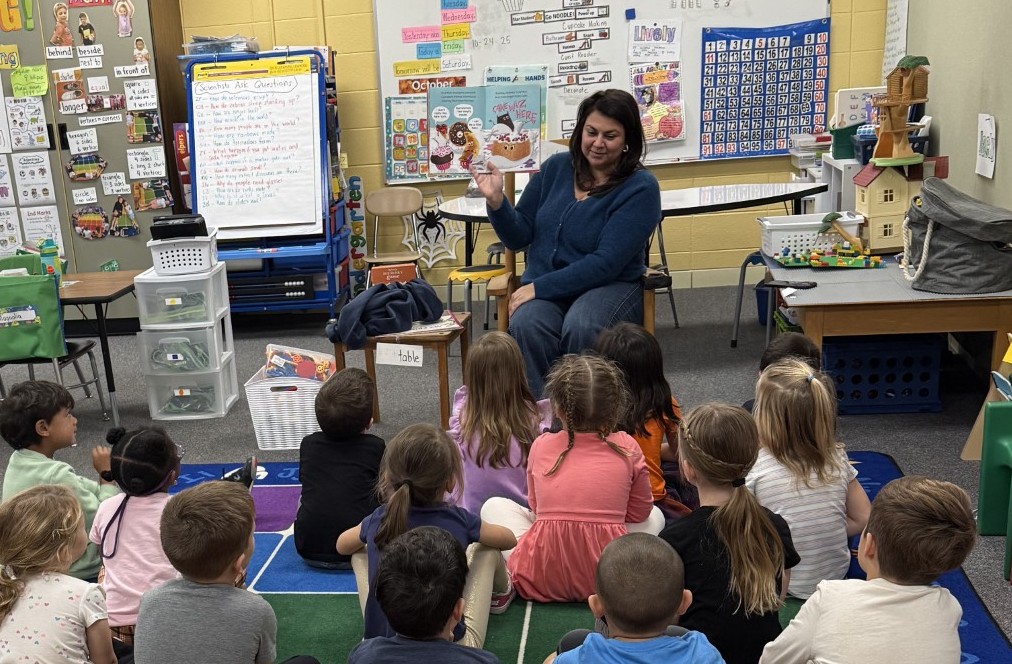L.A. Story
Serving almost 730,000 students and covering an area of more than 700 square miles, the Los Angeles Unified School District (LAUSD) is formidably large. School CIO recently spoke with Themy Sparangis, chief technology director for Educational Technology, about developing and executing the district’s technology strategy.
Q. How do you go about crafting a technology plan for a district as large as LAUSD?
A. [Laughs] Very carefully and methodically! It’s a longer process [at a large district] because there’s a lot more going on. We’re a district of more than 700 square miles. We’re not just in the boundaries of L.A. There are several other cities we serve as part of the system. We’re very diverse. So first you have to identify all the stakeholders, making sure that all the key people—decision makers, policy makers, the implementers of those policies, teachers, parents, students—are incorporated into the plan.
The end goal is making a healthy and safe environment for learning, increasing opportunities for students, raising student achievement, and reducing dropouts. The technology plan needs to support that vision. But you have to go beyond the district -wide vision. How will those goals be implemented down to the individual schools? We wanted to capture that information, so we created focus groups of students, parents, district staff, teachers, administrators, and local offic ials. We put [all their feedback] together. Our technology plan took about a year to write.
Q. What are the challenges and benefits of being a large district?
A. In any large organization there’s an aggregate benefit because since we’re eligible for a larger pot of funding, we can leverage our size for more competitive prices. The price per student on the purchase of goods and services goes down. That said, size can be a real challenge. When you have an organization this large, you have a lot of different parts, a lot of different communities. The challenge is meeting the diverse needs of each of those communities.
Q. Do you use tools to assess the district’s needs or evaluate existing technology?
Tools and ideas to transform education. Sign up below.
A. Yes. Some tools are subjective, such as evaluation of teacher technology proficiency. The state has such a tool that our district uses. When we apply for competitive grants, there are benchmarks and monitoring built in to assess progress. In some cases we have asked our internal program evaluation branch to do research on various technology programs.
Q. Can you talk a little about tech refresh?
A. Technology refresh is an area that needs closer attention in our district and, from what I read, nation-wide. Our district has a strategy to replace outdated network equipment (such as switches and routers). End user devices like computers are refreshed as needed by individual schools sites, but funding to do this may not be regularly available. We encourage schools to look at computers that are older than five years and plan to replace them with available funding. But many schools are simply trying to get more computers for classrooms. That makes it hard for them to give up older technology.
Behind the scenes, we’re talking about leasing. That’s still a brainchild. The challenges there are multi-year commitments, which are hard when we’re funded annually.
Q. Where does your technology plan have LAUSD in five years?
A. Our students have developed so differently than when I was growing up! This generation doesn’t know a TV without a remote, a phone that isn’t wireless. The movies our students see before kindergarten have stimulated their minds in ways we were never stimulated. So where do I see us in five years? I want to see us leverage that same technology to help these students become better thinkers, develop good writing skills, build mathematics proficiency, contribute to society. I want to raise the bar even higher.
Susie Meserve is a writer living in San Francisco.
View LAUSD’s technology plan at www.lausd.k12.ca.us/lausd/techplan.
